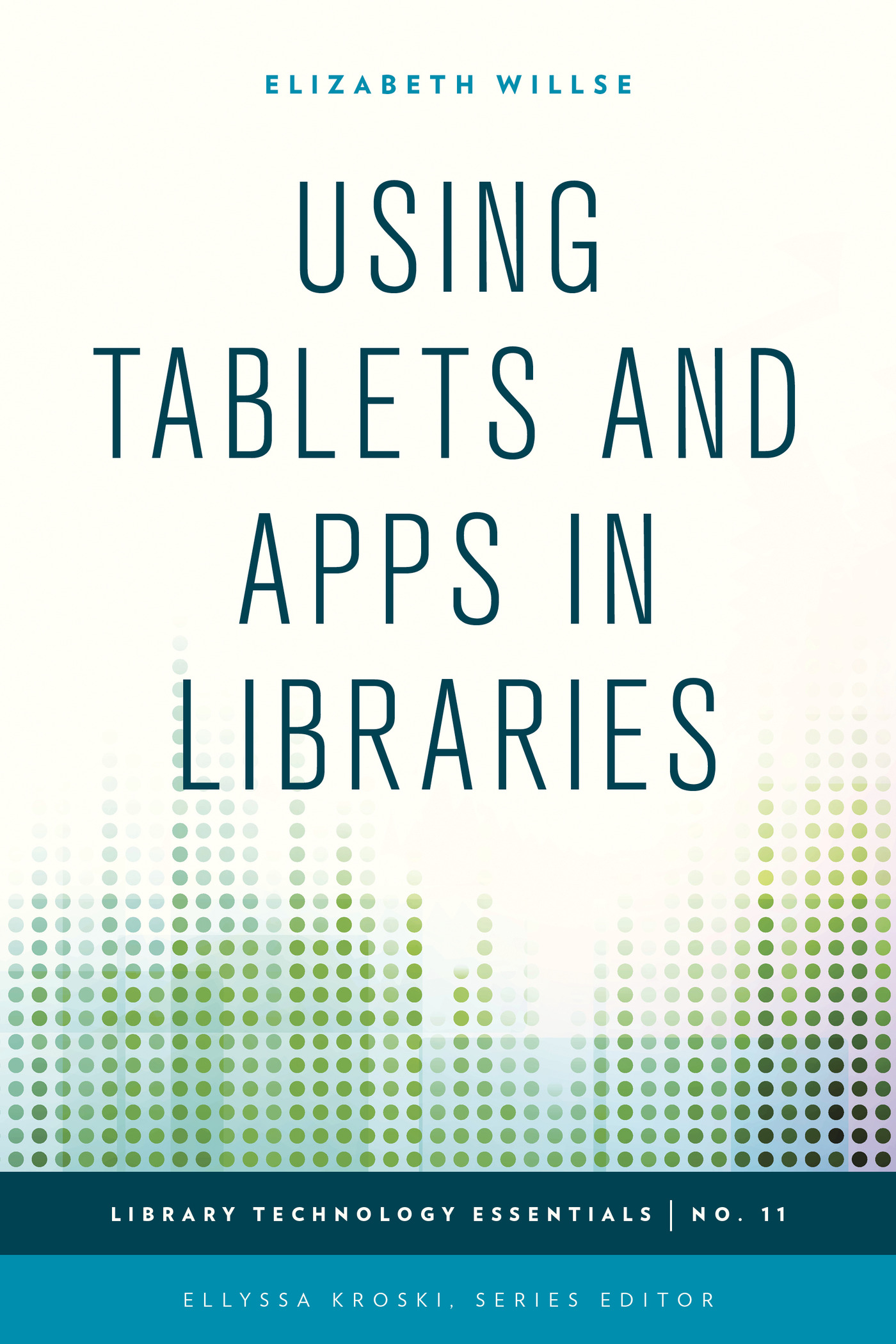Using Tablets and Apps
in Libraries
Library Technology Essentials
About the Series
The Library Technology Essentials series helps librarians utilize todays hottest new technologies as well as ready themselves for tomorrows. The series features titles that cover the AZ of how to leverage the latest and most cutting-edge technologies and trends to deliver new library services.
Todays forward-thinking libraries are responding to changes in information consumption, new technological advancements, and growing user expectations by devising groundbreaking ways to remain relevant in a rapidly changing digital world. This collection of primers guides libraries along the path to innovation through step-by-step instruction. Written by the fields top experts, these handbooks serve as the ultimate gateway to the newest and most promising emerging technology trends. Filled with practical advice and projects for libraries to implement right now, these books inspire readers to start leveraging these new techniques and tools today.
About the Series Editor
Ellyssa Kroski is the Director of Information Technology at the New York Law Institute as well as an award-winning editor and author of 22 books including Law Librarianship in the Digital Age for which she won the AALLs 2014 Joseph L. Andrews Legal Literature Award. Her ten-book technology series, The Tech Set, won the ALA's Best Book in Library Literature Award in 2011. She is a librarian, an adjunct faculty member at Pratt Institute, and an international conference speaker. She speaks at several conferences a year, mainly about new tech trends, digital strategy, and libraries.
Titles in the Series
1. Wearable Technology: Smart Watches to Google Glass for Libraries, by Tom Bruno
2. MOOCs and Libraries, by Kyle K. Courtney
3. Free Technology for Libraries, by Amy Deschenes
4. Makerspaces in Libraries, by Theresa Willingham and Jeroen De Boer
5. Knowledge Management for Libraries, by Valerie Forrestal
6. WordPress for Libraries, by Chad Haefele
7. Game It Up!: Using Gamification to Incentivize Your Library, by David Folmar
8. Data Visualizations and Infographics, by Sarah K. C. Mauldin
9. Mobile Social Marketing in Libraries, by Samantha C. Helmick
10. Digital Collections and Exhibits, by Juan Denzer
11. Using Tablets and Apps in Libraries, by Elizabeth Willse
12. Responsive Web Design in Practice, by Jason A. Clark
Using Tablets and Apps
in Libraries
Elizabeth Willse
ROWMAN & LITTLEFIELD
Lanham Boulder New York London
Published by Rowman & Littlefield
A wholly owned subsidiary of The Rowman & Littlefield Publishing Group, Inc.
4501 Forbes Boulevard, Suite 200, Lanham, Maryland 20706
www.rowman.com
Unit A, Whitacre Mews, 26-34 Stannary Street, London SE11 4AB
Copyright 2015 by Rowman & Littlefield
All rights reserved. No part of this book may be reproduced in any form or by any electronic or mechanical means, including information storage and retrieval systems, without written permission from the publisher, except by a reviewer who may quote passages in a review.
British Library Cataloguing in Publication Information Available
Library of Congress Cataloging-in-Publication Data
Willse, Elizabeth, 1978- author.
Using tablets and apps in libraries / Elizabeth Willse.
pages cm. (Library technology essentials ; 11)
Includes bibliographical references and index.
ISBN 978-1-4422-4389-7 (cloth : alk. paper) ISBN 978-1-4422-4390-3 (pbk. : alk. paper) ISBN 978-1-4422-4391-0 (ebook)
1. Tablet computersLibrary applications. 2. Web applications in libraries. I. Title.
Z678.93.T33W55 2015
004.167dc23
2015019511
 TM The paper used in this publication meets the minimum requirements of American National Standard for Information Sciences Permanence of Paper for Printed Library Materials, ANSI/NISO Z39.48-1992.
TM The paper used in this publication meets the minimum requirements of American National Standard for Information Sciences Permanence of Paper for Printed Library Materials, ANSI/NISO Z39.48-1992.
Printed in the United States of America
This book is dedicated to the information professionals who helped shape my understanding.
I couldnt have written it without you.
List of Figures
Figure 4.1 Nielsen Library at Adams State University Logo
Figure 4.2 Cedar Rapids Library Logo
Figure 4.3 L. E. Phillips Memorial Library Logo
Figure 4.4 Queens Library Logo
Figure 4.5 Circulating tablets at the Queens Library
Figure 4.6 Ferguson Library Logo
Figure 4.7 Darien Library Logo
Figure 4.8 NCSU Library Logo
Figure 4.9 Arizona Health Sciences Library Logo
Figure 5.1 Giving a presentation using tablets and projection screen at the Pasadena Public Library
Figure 5.2 Tech Petting Zoo in progress at the Southwest Harbor Library
Figure 5.3 Circulating tablet with case, cord, and guidelines
Figure 5.4 Wall-mounted tablets at the Dover Town Library
Figure 5.5 Tablet on a stand at the Dover Town Library
Series Editors Foreword
The proliferation of tablet devices has brought with it major changes in library programming, services, and resources as libraries strive to accommodate new patron expectations for digital resources such as e-books, apps instruction and support, and even access to the devices themselves. Using Tablets and Apps in Libraries is an all-in-one passport to how to develop a successful tablet program in your library. Tablet guru Elizabeth Willse has written an essential guidebook that illustrates how to assess your librarys current space, program, and patron needs as well as how to plan, fund, and develop policies for your program. Whether you are hoping to circulate tablets in your library, provide tablet support and training for your patrons (and staff!), use tablets in your storytime programming, or use the devices to promote library services, this is the ultimate field guide.
The idea for the Library Technology Essentials book series came about because there have been many drastic changes in information consumption, new technological advancements, and growing user expectations over the past few years, which forward-thinking libraries are responding to by devising groundbreaking ways to remain relevant in a rapidly changing digital world. I saw a need for a practical set of guidebooks libraries could use to inform themselves about how to stay on the cutting edge by implementing new programs, services, and technologies to match their patrons expectations.
Libraries today are embracing new and emerging technologies, transforming themselves into community hubs and places of co-creation through makerspaces, developing information commons spaces, and even taking on new roles and formats, all while searching for ways to decrease budget lines, add value, and prove the return on investment of the library. The Library Technology Essentials series is a collection of primers to guide libraries along the path to innovation through step-by-step instruction. Written by the fields top experts, these handbooks are meant to serve as the ultimate gateway to the newest and most promising emerging technology trends. Filled with practical advice and project ideas for libraries to implement right now, these books will hopefully inspire readers to start leveraging these new techniques and tools today.
Each book follows the same format and outline, guiding the reader through the AZ of how to leverage the latest and most cutting-edge technologies and trends to deliver new library services. The Projects chapter comprises the largest portion of the books, providing library initiatives that can be implemented by both beginner and advanced readers accommodating for all audiences and levels of technical expertise. These projects and programs range from the basic How to Circulate Wearable Technology in Your Library and How to Host a FIRST Robotics Team at the Library to the intermediate, such as How to Create a Hands-Free Digital Exhibit Showcase with Microsoft Kinect, and to the more advanced options, Implementing a Scalable E-Resources Management System and How to Gamify Library Orientation for Patrons with a Top Down Video Game. Readers of all skill levels will find something of interest in these books.





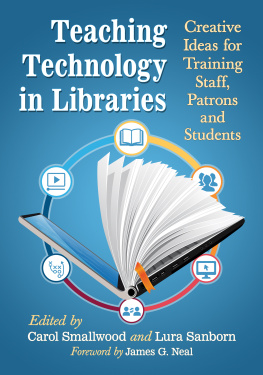
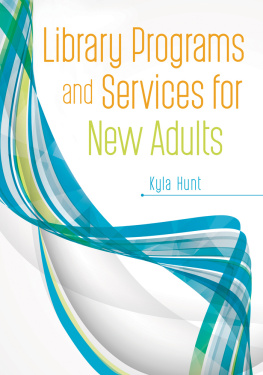
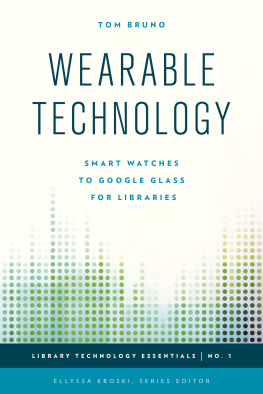

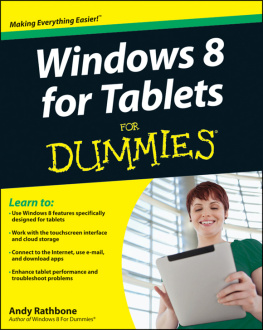
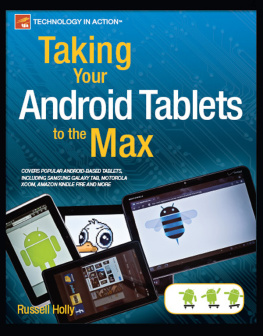
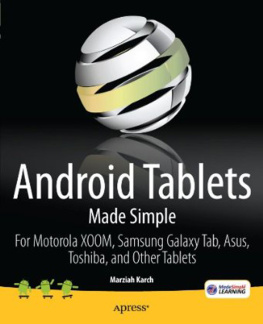
 TM The paper used in this publication meets the minimum requirements of American National Standard for Information Sciences Permanence of Paper for Printed Library Materials, ANSI/NISO Z39.48-1992.
TM The paper used in this publication meets the minimum requirements of American National Standard for Information Sciences Permanence of Paper for Printed Library Materials, ANSI/NISO Z39.48-1992.